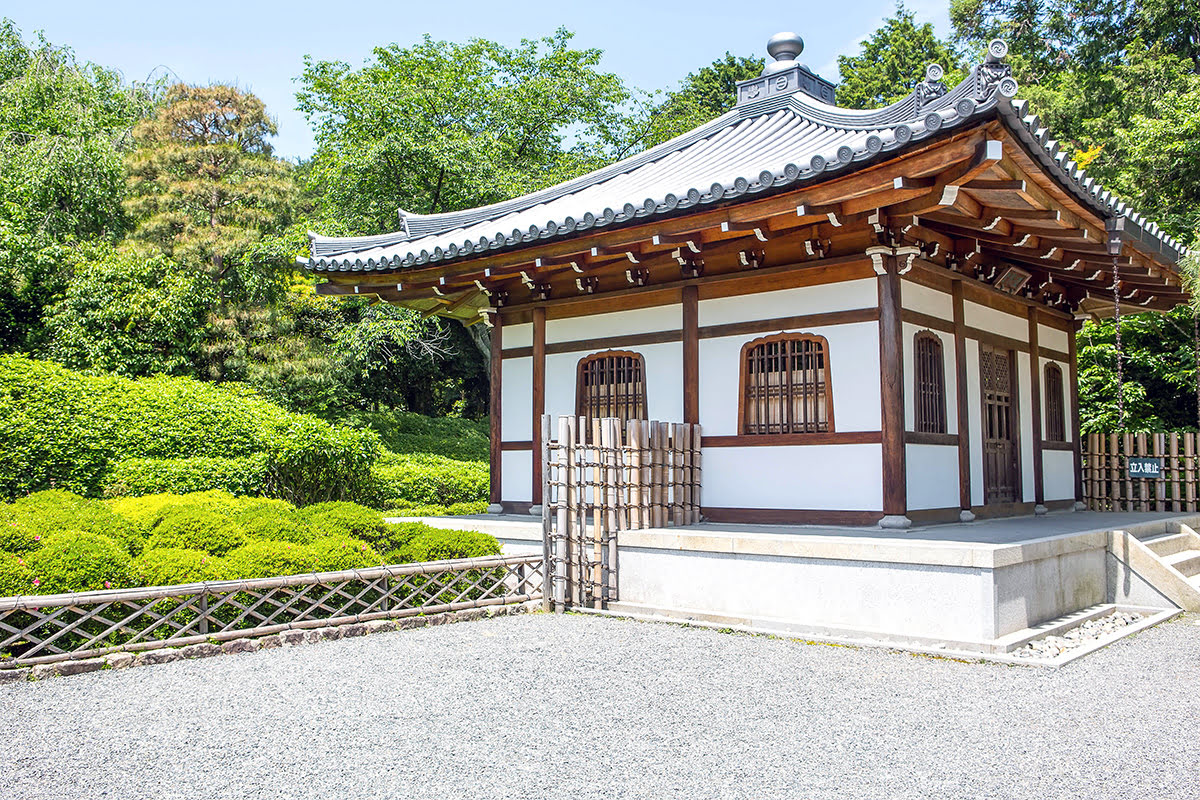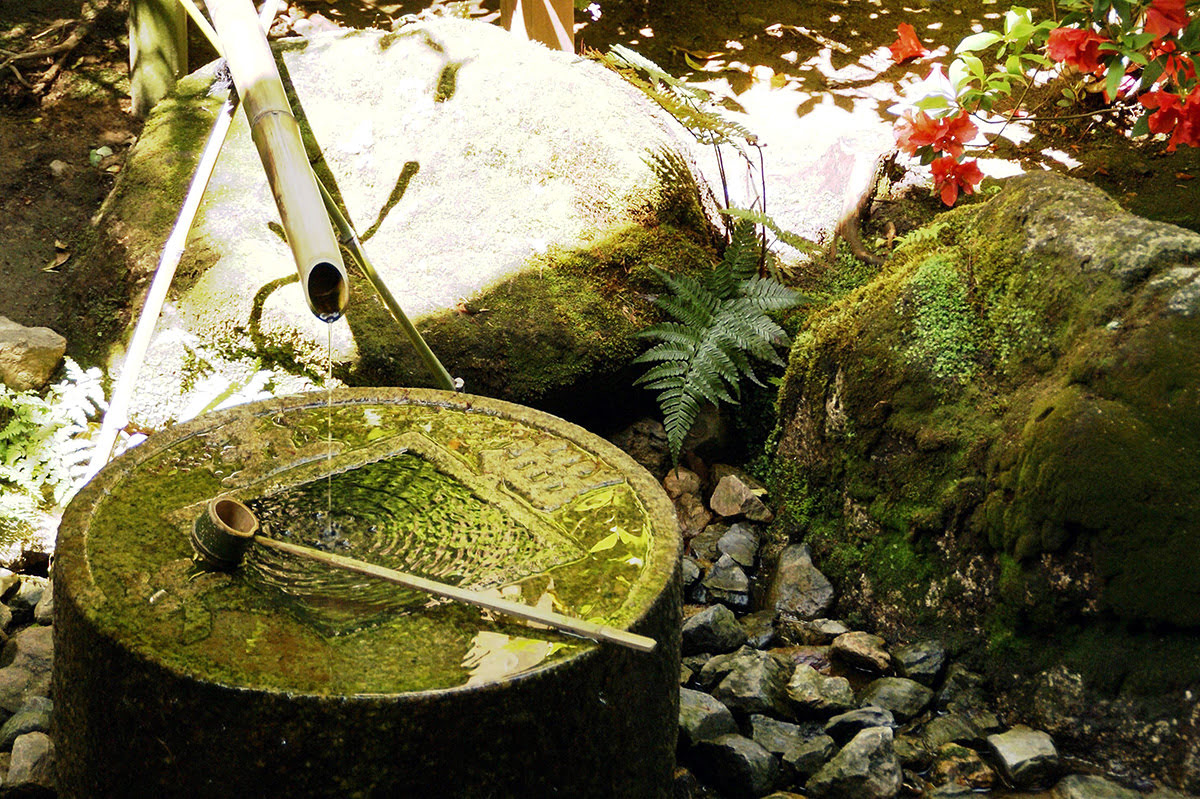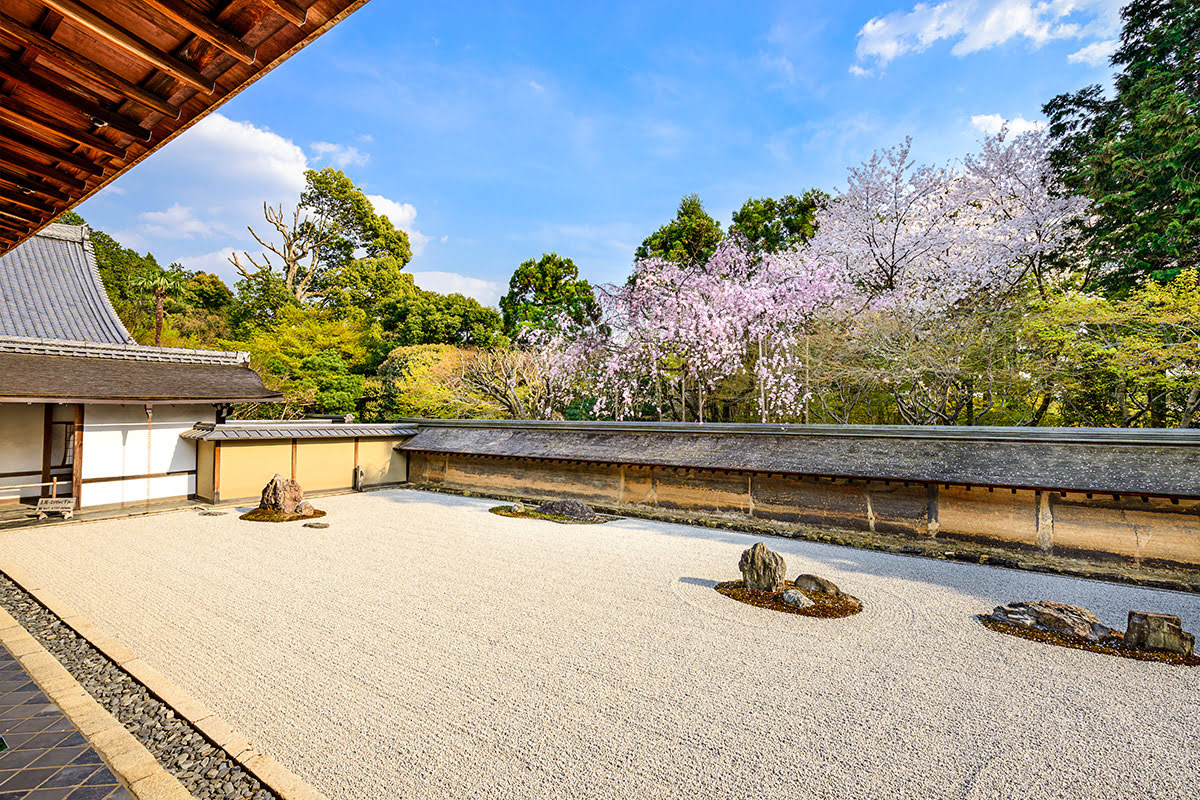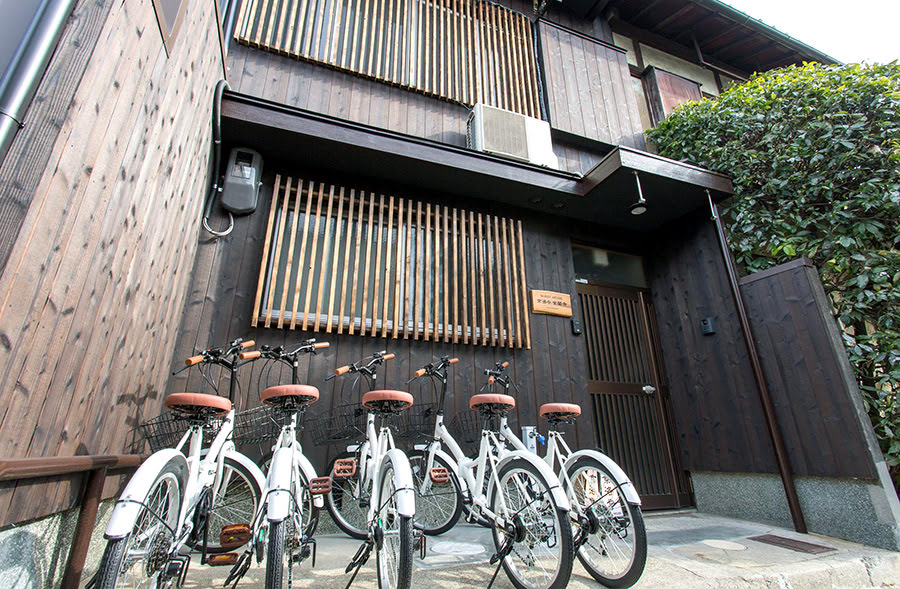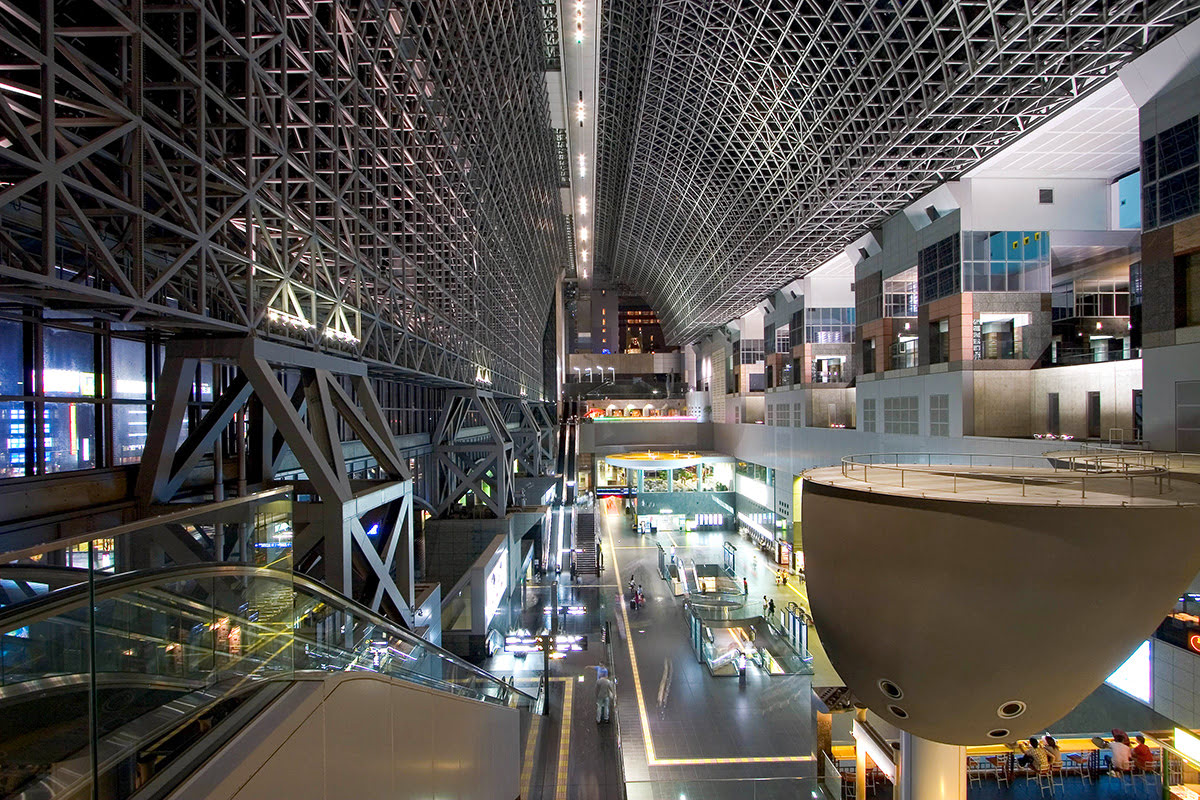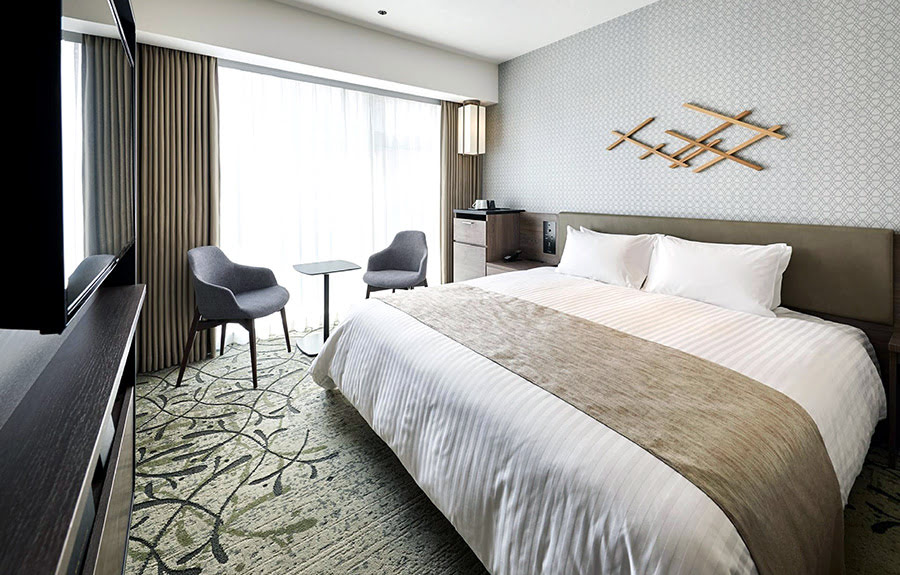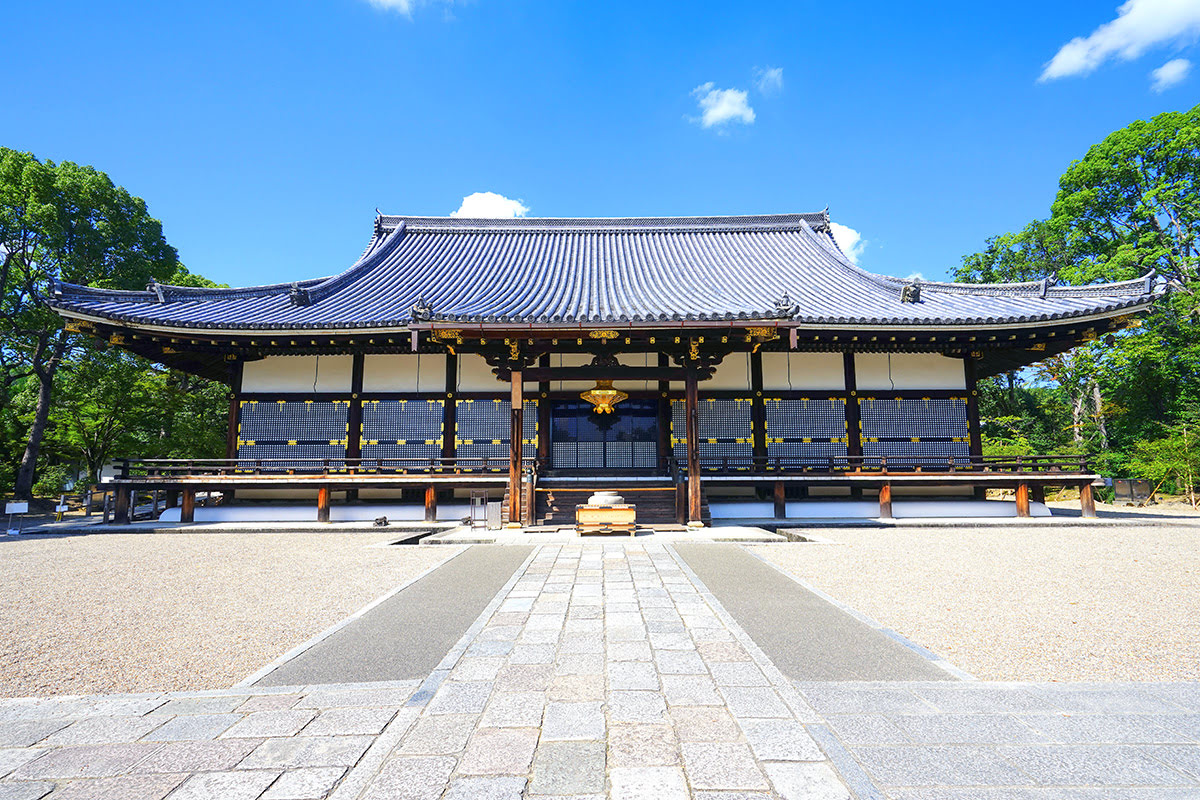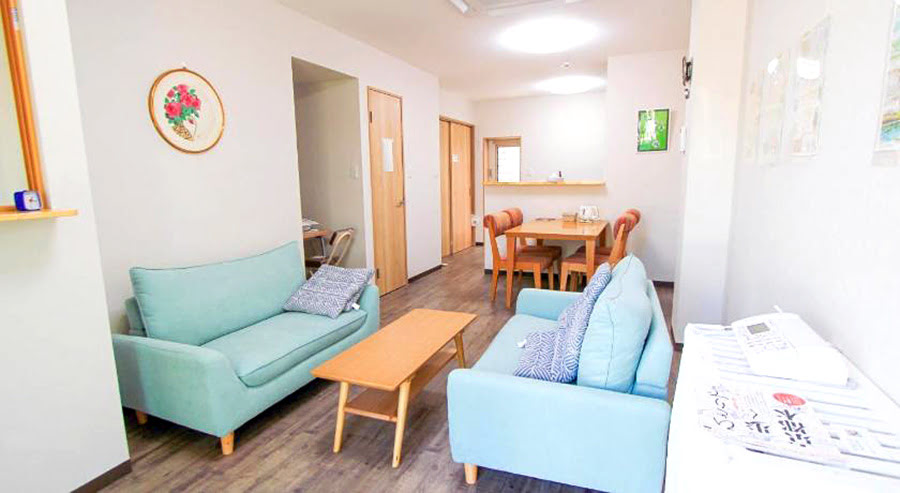Ryoanji Temple | Hours & Best Time to Visit Kyoto’s Zen Rock Garden

Ryoanji Temple is a beautiful temple complex in northwest Kyoto that also houses the most well-known Zen rock garden in the country. It belongs to the Myoshinji school of the Rinzai branch of Zen Buddhism. The entire complex is listed both as a UNESCO World Heritage Site and as one of the Historic Monuments of Ancient Kyoto. Ryoanji Temple is a must-visit landmark on your tour of the city, as it is steeped in history and remains an important cultural site to this day. It is easily accessible by train or by bus and surrounded by other important landmarks as well.
Ryoanji Temple history
The site where Ryoanji Temple sits today dates back to the 11th century when it served as an estate of the Fujiwara Clan. The temple itself was established in 1450 by a powerful deputy named Hosokawa Katsumoto. The original temple was destroyed in a fire just two decades later, but it was rebuilt in 1488 by Hosokawa Matsumoto, Katsumoto’s son. Sources conflict about when the temple garden was built. Some suggest a construction date near the end of the 15th century and others a date during the 16th century or even the 17th century. Another fire in 1797 destroyed the temple and the garden, and so both were rebuilt together at the end of the 18th century.
Ryoanji Temple rock garden
The main highlight of Ryoanji Temple is, of course, the famous rock garden. There is a viewing platform located on the veranda of the Hojo, the former residence of the temple’s main priest. The garden covers a rectangular area of 248 square meters (2,670 square feet). It is filled with white gravel that is raked by the monks each day, leaving a linear pattern. There are also 15 larger, moss-covered stones placed throughout the garden, divided into five distinct groups. The space is enclosed by a six-foot-tall, oil-earthen wall that enhances its beauty even further.
Though the garden is slightly slanted to allow for proper water drainage, it gives the illusion of being perfectly level. The western wall is also slanted in a way that gives the garden a sense of greater depth. Another interesting facet of the temple’s design is that only 14 of the boulders are ever visible from any vantage point. Tradition holds that you can only see all 15 stones at once after attaining enlightenment.
It is not known who designed the garden, and the meaning of the design is a much-debated point as well. Some see the large stones as a representation of a tiger leading her cubs over a stream; others propose that the garden is a depiction of mountain peaks emerging through a layer of clouds. Many also think that the original intention was simply to leave the viewer’s imagination free to form its own interpretation.
Ryoanji Temple grounds
After viewing the garden, it is highly recommended that you take a stroll around the rest of the Ryoanji Temple grounds. The grounds are particularly beautiful during the cherry blossom season but lovely to visit any time of year. Make sure you stop by the spacious garden located to the left of the temple entrance. Here, you can enjoy a walk around a pond that was constructed back to when the site was a villa for the Fujiwara clan. There is even a restaurant named Ryoanji Yudofu Umegaean where you can try some specialty Kyoto boiled tofu.
In the very back of the temple complex is a famous stone water basin into which water is continually flowing for ritual purification. The low height of the basin requires the user to bend down to use it, which is seen as a sign of humility. There are also four kanji symbols on the surface of the basin, which, when read together, remind the reader about the importance of contentment.
Ryoanji Temple hours & admission fee
The opening hours for Ryoanji Temple depend on the season. From March to November, the temple is open from 8 a.m. to 5 p.m. every day. From December to February, the temple is open from 8:30 a.m. to 4:30 p.m. every day.
Admission to the temple is just 500 yen for adults and 300 yen for children under 15. Tickets are purchased right at the temple.
Ryoanji Temple is quite a popular tourist site, attracting hundreds of visitors each day. If you want to avoid the crowds, then it’s best to come as early as you can in the morning.
Check In to guest house kyorakuya kinkakuji, Step Out to Kyoto
FIND & BOOK A HOTEL IN KYOTO TODAY
How to get to Ryoanji Temple
The easiest way to get to Ryoanji Temple is by train. Just take the Keifuku Kitano Line to Ryoanji Station and then walk about seven minutes to the temple.
Alternatively, if you are coming from Kyoto Station, you can take the Kyoto City Bus #5 and ride it for about 30 minutes to the Ritsumeikan daigaku-mae stop. From the stop, it takes about a seven-minute walk to reach the temple as well.
Check In to Hotel Vischio Kyoto by GRANVIA, Step Out to Kyoto Station
FIND & BOOK A HOTEL IN KYOTO TODAY
Sightseeing around Ryoanji Temple
Ryoanji Temple is situated close to several other temples that are also well worth seeing. Many tourists make a half-day temple-viewing trip out of their visit to the area. Some of the nearby temples that you should check out include Ninnaji Temple, Tojiin Temple, Kinkakuji Temple, and Tenporinji Temple. It’s a great chance to take in many of Kyoto‘s historic sites in a short amount of time.
Check In to kyowara Tenjin / Vacation STAY 6821, Step Out to Ninnaji Temple
You may also like
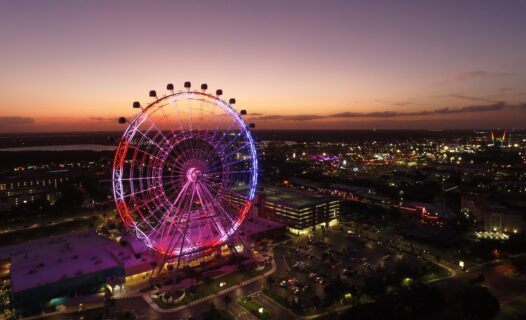
Embark on a culinary adventure in Orlando! From exquisite fine dining and vibrant food trucks to sustainable eats and lively festivals, discover the flavors that make Orlando a foodie's paradise.
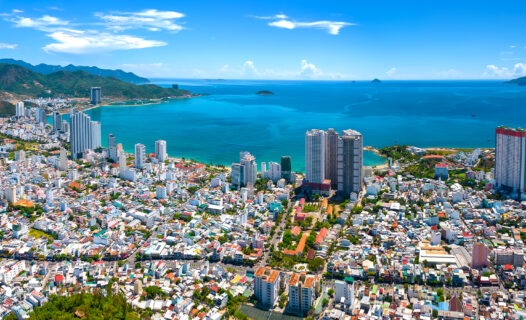
Dive into the ultimate Nha Trang shopping adventure! Explore bustling markets, chic boutiques, eco-friendly finds, and seasonal events in our detailed guide.
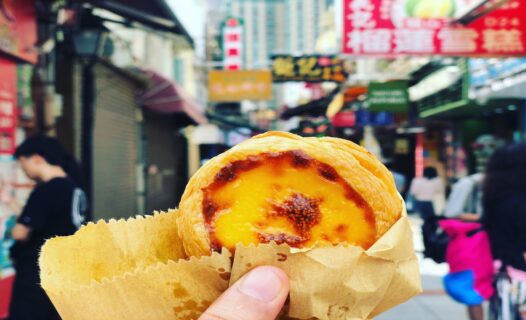
Embark on a culinary journey through Macau with our ultimate guide to its fusion flavors. Discover traditional dishes, insider dining tips, and vibrant food festivals that celebrate the best of Macanese cuisine.
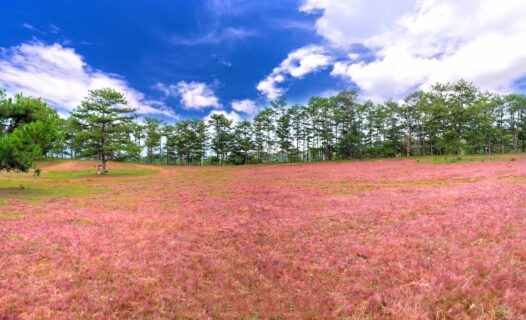
Dive into our captivating 3-Day Dalat Itinerary to uncover Vietnam's highlands gem. From serene lakes to historic sites, embrace adventure & relaxation in Dalat.
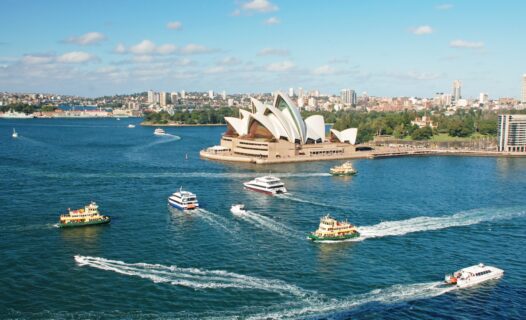
Embark on a captivating 7-day journey through Sydney, Australia. From iconic landmarks like the Opera House to the serene Blue Mountains and vibrant Darling Harbour, discover the best attractions the Harbour City has to offer.

Embark on a captivating 5-day journey through Istanbul, exploring historic wonders and cultural gems. Discover itineraries filled with majestic palaces, vibrant bazaars, and scenic cruises.

Embark on a delectable journey through Goa's culinary landscape with our comprehensive guide. Discover traditional Goan cuisine's fusion of flavors, from spicy vindaloos to sweet bebinca, and dive into local culture through markets, cooking classes, and sustainable dining.
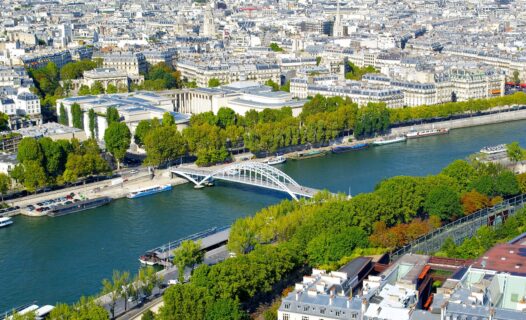
Discover the charm of Paris' arrondissements with our ultimate travel guide. From the historic heart of the city to hidden gems, find the perfect stay for every traveler.
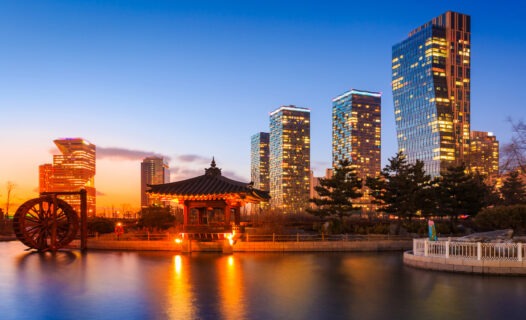
Uncover the best of Incheon in 5 days, from awe-inspiring historic sites to state-of-the-art modern marvels. Indulge in cultural tours, culinary delights, and breathtaking scenery.
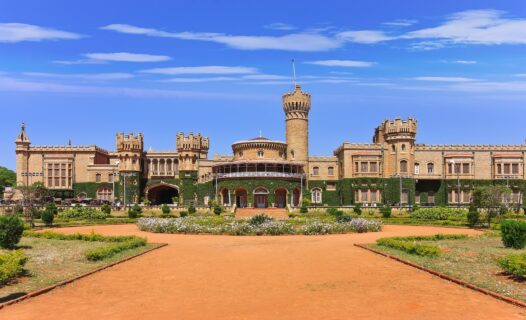
Dive into our 3 Days in Bangalore Itinerary to uncover the best of the Garden City. From royal palaces to tech hubs, enjoy a blend of culture, history, and nature.
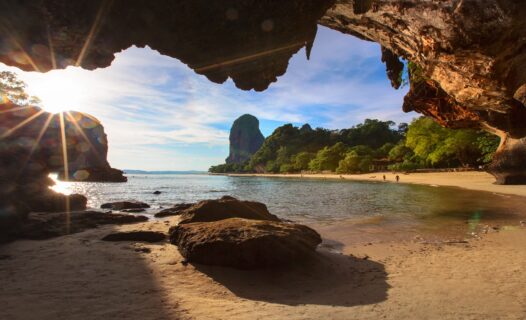
Dive into our exclusive 7-Day Krabi Itinerary on Agoda’s Travel Guide. Discover pristine beaches, lush jungles, and cultural treasures in Thailand's paradise.
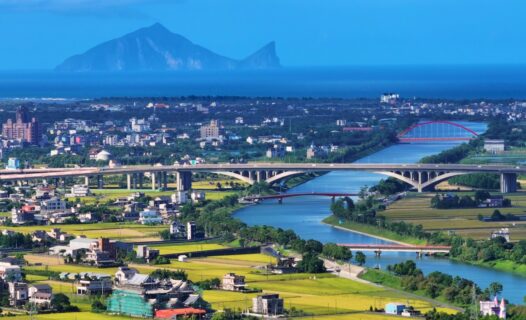
Embark on an extraordinary weekend getaway in Yilan with our curated itinerary. Discover lush landscapes, soak in natural hot springs, and indulge in local culinary delights.
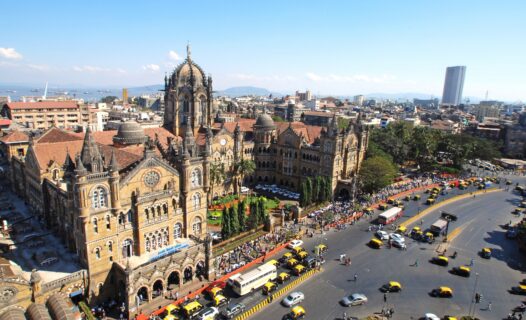
Dive into Mumbai's vibrant culture, history, and flavors with our detailed 3-day itinerary. Discover iconic landmarks, hidden gems, and culinary delights.
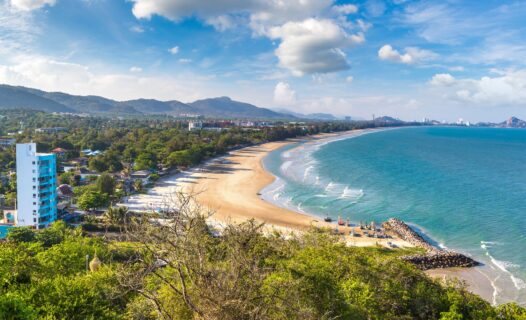
Embark on a 7-day journey through Hua Hin/Cha-am with our expertly crafted itinerary. Discover pristine beaches, royal palaces, and hidden gems.
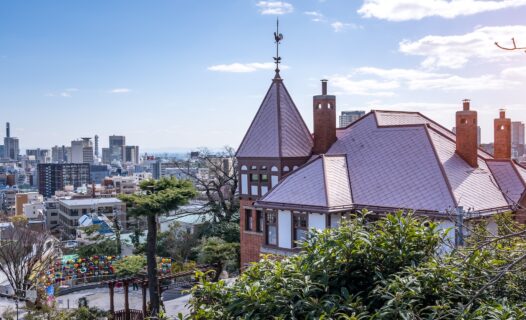
Embark on a captivating 3-day journey through Kobe, Japan. From historical landmarks to scenic beauty, discover the best of Kobe.
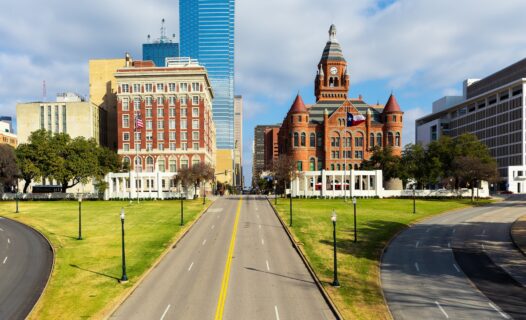
Uncover the best of Dallas with our exclusive 3-day itinerary. From iconic landmarks to hidden gems, discover why Dallas, TX, is a must-visit destination.
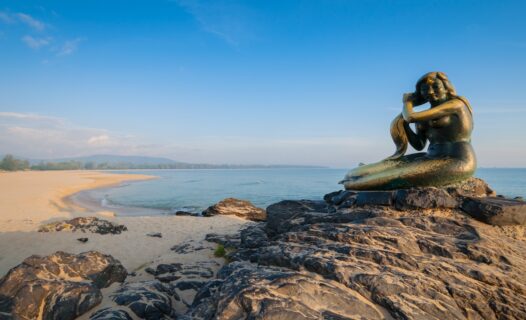
Discover the best of Hat Yai with our 5-day itinerary. From bustling markets to serene temples, experience the hidden gems of Southern Thailand.

Dive into our 5-day Nha Trang itinerary designed for adventure seekers! From island-hopping to scuba diving and cultural wonders, discover the best of Nha Trang with our expert guide.
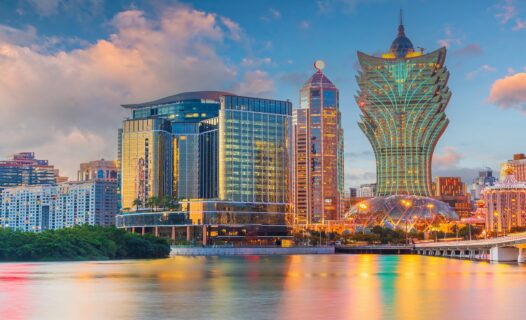
Dive into our engaging 3-Day Macau Itinerary to uncover the vibrant mix of history, culture, and exhilaration in Asia's Vegas.

Dive into Ipoh's culinary paradise with our 3-day food lover's guide! Discover the best eats, hidden cafes, and cultural delights in Malaysia's gastronomic haven.

Unveil the magic of Orlando with our exclusive weekend getaway itinerary! From thrilling theme parks to serene gardens and vibrant nightlife, discover top attractions and local hidden gems.

Ryoanji Temple is a beautiful temple complex in northwest Kyoto that also houses the most well-known Zen rock garden in the country. It belongs to the Myoshinji school of the Rinzai branch of Zen Buddhism. The entire complex is listed both as a UNESCO World Heritage Site and as one of the Historic Monuments of Ancient Kyoto. Ryoanji Temple is a must-visit landmark on your tour of the city, as it is steeped in history and remains an important cultural site to this day. It is easily accessible by train or by bus and surrounded by other important landmarks as well.
Ryoanji Temple history
The site where Ryoanji Temple sits today dates back to the 11th century when it served as an estate of the Fujiwara Clan. The temple itself was established in 1450 by a powerful deputy named Hosokawa Katsumoto. The original temple was destroyed in a fire just two decades later, but it was rebuilt in 1488 by Hosokawa Matsumoto, Katsumoto’s son. Sources conflict about when the temple garden was built. Some suggest a construction date near the end of the 15th century and others a date during the 16th century or even the 17th century. Another fire in 1797 destroyed the temple and the garden, and so both were rebuilt together at the end of the 18th century.
Ryoanji Temple rock garden
The main highlight of Ryoanji Temple is, of course, the famous rock garden. There is a viewing platform located on the veranda of the Hojo, the former residence of the temple’s main priest. The garden covers a rectangular area of 248 square meters (2,670 square feet). It is filled with white gravel that is raked by the monks each day, leaving a linear pattern. There are also 15 larger, moss-covered stones placed throughout the garden, divided into five distinct groups. The space is enclosed by a six-foot-tall, oil-earthen wall that enhances its beauty even further.
Though the garden is slightly slanted to allow for proper water drainage, it gives the illusion of being perfectly level. The western wall is also slanted in a way that gives the garden a sense of greater depth. Another interesting facet of the temple’s design is that only 14 of the boulders are ever visible from any vantage point. Tradition holds that you can only see all 15 stones at once after attaining enlightenment.
It is not known who designed the garden, and the meaning of the design is a much-debated point as well. Some see the large stones as a representation of a tiger leading her cubs over a stream; others propose that the garden is a depiction of mountain peaks emerging through a layer of clouds. Many also think that the original intention was simply to leave the viewer’s imagination free to form its own interpretation.
Ryoanji Temple grounds
After viewing the garden, it is highly recommended that you take a stroll around the rest of the Ryoanji Temple grounds. The grounds are particularly beautiful during the cherry blossom season but lovely to visit any time of year. Make sure you stop by the spacious garden located to the left of the temple entrance. Here, you can enjoy a walk around a pond that was constructed back to when the site was a villa for the Fujiwara clan. There is even a restaurant named Ryoanji Yudofu Umegaean where you can try some specialty Kyoto boiled tofu.
In the very back of the temple complex is a famous stone water basin into which water is continually flowing for ritual purification. The low height of the basin requires the user to bend down to use it, which is seen as a sign of humility. There are also four kanji symbols on the surface of the basin, which, when read together, remind the reader about the importance of contentment.
Ryoanji Temple hours & admission fee
The opening hours for Ryoanji Temple depend on the season. From March to November, the temple is open from 8 a.m. to 5 p.m. every day. From December to February, the temple is open from 8:30 a.m. to 4:30 p.m. every day.
Admission to the temple is just 500 yen for adults and 300 yen for children under 15. Tickets are purchased right at the temple.
Ryoanji Temple is quite a popular tourist site, attracting hundreds of visitors each day. If you want to avoid the crowds, then it’s best to come as early as you can in the morning.
Check In to guest house kyorakuya kinkakuji, Step Out to Kyoto
FIND & BOOK A HOTEL IN KYOTO TODAY
How to get to Ryoanji Temple
The easiest way to get to Ryoanji Temple is by train. Just take the Keifuku Kitano Line to Ryoanji Station and then walk about seven minutes to the temple.
Alternatively, if you are coming from Kyoto Station, you can take the Kyoto City Bus #5 and ride it for about 30 minutes to the Ritsumeikan daigaku-mae stop. From the stop, it takes about a seven-minute walk to reach the temple as well.
Check In to Hotel Vischio Kyoto by GRANVIA, Step Out to Kyoto Station
FIND & BOOK A HOTEL IN KYOTO TODAY
Sightseeing around Ryoanji Temple
Ryoanji Temple is situated close to several other temples that are also well worth seeing. Many tourists make a half-day temple-viewing trip out of their visit to the area. Some of the nearby temples that you should check out include Ninnaji Temple, Tojiin Temple, Kinkakuji Temple, and Tenporinji Temple. It’s a great chance to take in many of Kyoto‘s historic sites in a short amount of time.
Check In to kyowara Tenjin / Vacation STAY 6821, Step Out to Ninnaji Temple
You may also like
